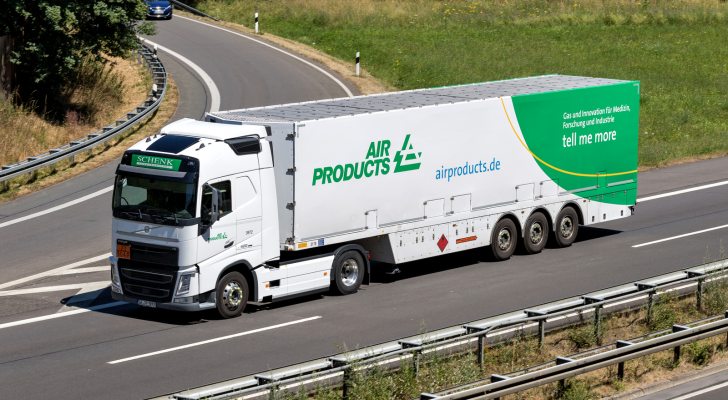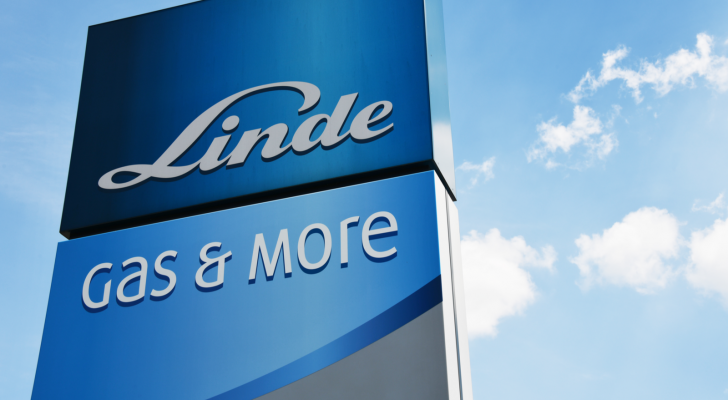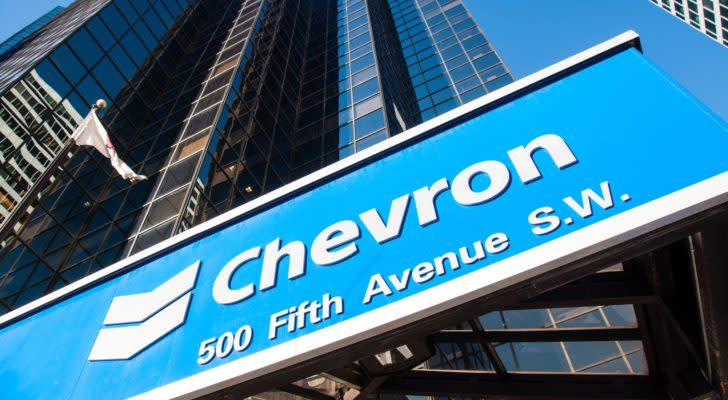The Least Risky Hydrogen Stocks? 3 Names to Consider
The global hydrogen economy is likely to grow healthily through the decade. Companies have committed to making big investments and investors are hopeful of multibagger returns from hydrogen stocks.
It’s, however, important to note that several early-stage companies are in the hydrogen energy business. Not all companies will succeed as they are financing and execution risks. The sustained decline in Plug Power (NASDAQ:PLUG) stock underscores my view. While the company has ambitious plans, execution delays and financing concerns are significant.
The focus of this column is on some bigger companies that are investing in the hydrogen economy. These companies have a strong balance sheet and will likely create value in the next five years. While considering one or two high-beta stocks, it makes sense to remain overweight on blue-chip names, investing heavily in the hydrogen energy ecosystem.
InvestorPlace - Stock Market News, Stock Advice & Trading Tips
Let’s talk about buying and holding three relatively low-risk names among hydrogen stocks.
Air Products and Chemicals (APD)

Source: Bjoern Wylezich / Shutterstock
Air Products and Chemicals (NYSE:APD) is a blue-chip hydrogen stock worth considering. APD stock trades at a forward price-earnings ratio of 17.7 and offers an attractive dividend yield of 3.25%. The company invests in big hydrogen projects, creating optimism about growth and healthy total returns.
As an overview, Air Products has already committed to invest $15 billion in low-carbon hydrogen projects. With high financial flexibility, the investment commitment will likely continue to increase.
The company is working on a blue hydrogen energy complex in Louisiana that will produce 750 million standard cubic feet of blue hydrogen daily. This will be supplied to the company’s pipeline customers in the U.S. Gulf Coast. The company is also investing $500 million toward a 35-metric-ton-per-day facility to produce green liquid hydrogen in New York.
The NEOM Green Hydrogen complex in Saudi is worth mentioning outside the United States. The plant will produce up to 600 tons of carbon-free hydrogen per day in green ammonia. Air Products is making big investments, yielding results in the next few years.
Linde (LIN)

Source: nitpicker / Shutterstock.com
Linde (NASDAQ:LIN) is another attractive blue-chip stock with the company making significant investments in building the hydrogen economy. Besides trading at attractive valuations, LIN stock offers a dividend yield of 1.23%.
Last year, Linde announced an investment of $7 to $9 billion in clean energy in the next two to three years. The company’s focus is on hydrogen and carbon capture.
Linde claims to have the world’s largest liquid hydrogen capacity and distribution system. Further, the company operates the first high-purity hydrogen storage cavern. An important point is that Linde is present across the value chain. This includes hydrogen production, processing, storage and distribution. The company has 200 hydrogen refueling stations and 80 hydrogen electrolysis plants.
From a financial perspective, it’s worth noting that Linde reported $2.7 billion in operating cash flow for Q3 2023. With an annualized OCF potential of more than $10 billion, there is ample flexibility to make big investments.
Chevron (CVX)

Source: Jeff Whyte / Shutterstock.com
Chevron (NYSE:CVX) is an investment-grade oil and gas company trading at attractive valuations. CVX stock also provides an attractive dividend yield of 4.32%. While the oil business is the company’s cash flow machine, Chevron has committed to invest $10 billion in clean energy by 2028.
Before talking about the hydrogen projects, let me point out that for 2023, Chevron reported operating cash flow of $36.5 billion. Once the acquisition of Hess (NYSE:HES) is completed, Chevron expects to invest $16 to $18 billion annually. Therefore, the company has high financial flexibility to make some big investments.
It’s worth noting that Chevron currently produces approximately one million tons per year of hydrogen. This is, however, used in the company’s refining operations. As the demand for hydrogen grows, Chevon is looking to build hydrogen fuelling stations.
In September 2023, Chevron announced the acquisition of Utah’s world’s largest hydrogen storage plant. With strong financial flexibility, I would not be surprised if Chevron takes the inorganic route for further expansion in the hydrogen business.
On the date of publication, Faisal Humayun did not hold (either directly or indirectly) any positions in the securities mentioned in this article. The opinions expressed in this article are those of the writer, subject to the InvestorPlace.com Publishing Guidelines.
Faisal Humayun is a senior research analyst with 12 years of industry experience in the field of credit research, equity research and financial modeling. Faisal has authored over 1,500 stock specific articles with focus on the technology, energy and commodities sector.
More From InvestorPlace
The #1 AI Investment Might Be This Company You’ve Never Heard Of
Musk’s “Project Omega” May Be Set to Mint New Millionaires. Here’s How to Get In.
The post The Least Risky Hydrogen Stocks? 3 Names to Consider appeared first on InvestorPlace.
